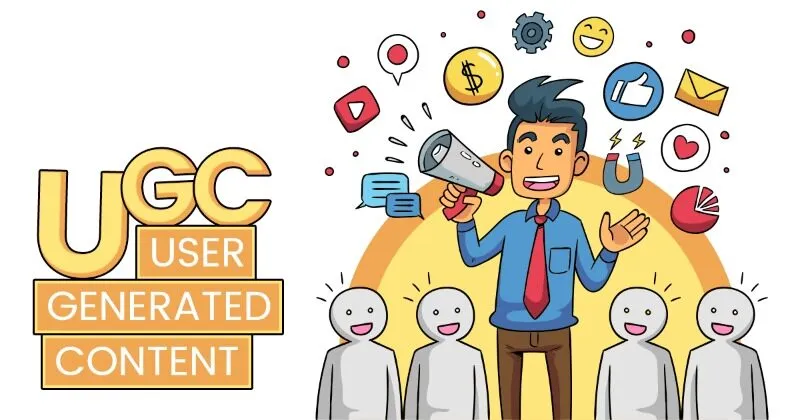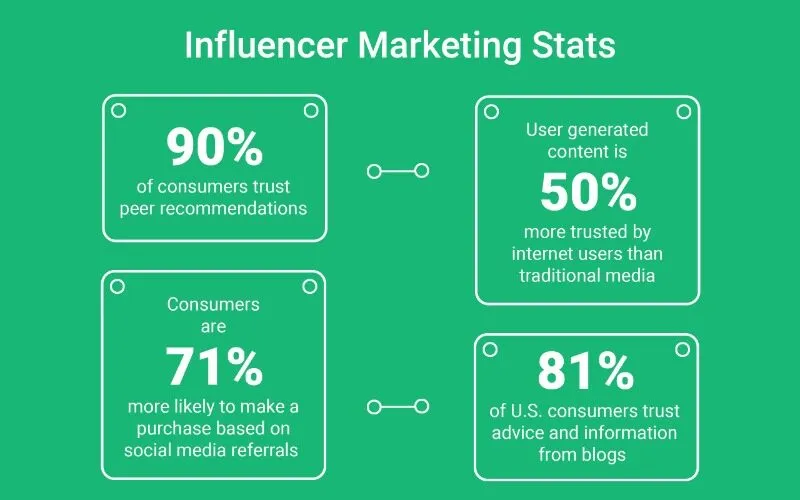The internet has revolutionized many industries, and brand marketing is no exception. Traditional marketing once relied on static ads, commercials, and one-way communication. But today, internet creativity is changing the game, transforming how brands connect with their audiences.
From user-generated content (UGC) to virtual reality (VR) experiences, brands are using the internet’s creativity to engage with consumers in ways that were once unimaginable. Let’s dive into how internet creativity is reshaping brand marketing.
The rise of internet creativity in brand marketing
The internet has unlocked endless possibilities for brands to market themselves in creative ways. What used to be passive ads in magazines or on TV has now evolved into interactive, engaging experiences. Brands have become storytellers, artists, and creators themselves, using digital tools to create compelling content that resonates with modern consumers.
Transitioning from passive content to interactive engagements
In the past, consumers would see an ad and either engage with it or ignore it. Today, brands are moving beyond passive content, creating interactive campaigns that invite the audience to participate.
Whether it’s through clickable videos, polls on social media, or immersive online experiences, consumers are no longer just spectators; they are active participants in the marketing journey. This shift has allowed brands to create deeper connections with their audiences and foster a sense of community around their products.
Harnessing the impact of user-created content (UGC)
One of the most powerful examples of internet creativity in brand marketing is user-generated content (UGC). With the rise of social media, everyday users have become creators in their own right, sharing their experiences with brands and products. Brands have embraced this by encouraging their followers to create content that features their products.
By empowering their audience to contribute, brands create a sense of ownership and loyalty among their consumers.
How internet creativity is transforming storytelling for brands
In today’s digital world, storytelling is more important than ever. But it’s not just about telling a good story – it’s about how the story is told. The internet has given brands new, creative ways to share their narratives, making them more immersive and engaging.
Crafting compelling digital narratives across multiple channels
Brands now have the ability to tell their stories across multiple platforms, from social media to websites and even email newsletters. Each platform offers a unique way to present content, and brands can craft narratives that are not only consistent but also tailored to each channel.
A brand might post a teaser on Instagram, direct users to a blog post for more details, and then continue the conversation through email. This cross-platform storytelling keeps the audience engaged at every touchpoint.
Personalized brand narratives through data
Another creative shift in storytelling is the use of data to personalize brand narratives. With access to consumer data, brands can craft messages that feel highly tailored to individual users.
For example, a clothing brand might recommend items based on a user’s browsing history, while an online fitness company might send workout plans tailored to each user’s fitness goals. This personalized approach makes consumers feel valued and understood, which in turn strengthens their relationship with the brand.
The impact of social media creativity on brand marketing
Social media has become a playground for creativity, and brands are leveraging this to boost their marketing efforts. From viral trends to influencer collaborations, social media has given brands new ways to connect with consumers in creative and unexpected ways.
Viral content and meme culture
One of the most notable aspects of internet creativity is the rise of viral content and meme culture. Brands that tap into trending memes or create their own shareable content can quickly go viral, reaching millions of people with minimal effort. Memes are often humorous, relatable and easy to share, making them a perfect tool for brands looking to boost their visibility.
Brands that master the art of meme marketing can stay relevant in the fast-paced world of social media and connect with a younger, internet-savvy audience.
Collaborations and campaigns through influencer-driven marketing
Influencers have become powerful figures in the world of internet marketing, and brands are capitalizing on their creativity. By collaborating with influencers, brands can tap into their audience and benefit from their unique voice and style.
These partnerships often result in creative campaigns that feel authentic and resonate with followers. Whether it’s a beauty influencer demonstrating a product or a lifestyle vlogger sharing their experience with a service, influencer-driven marketing allows brands to connect with consumers in a personal and engaging way.
The evolution of brand experiences through virtual and augmented reality
As internet creativity continues to evolve, so too do the ways brands create experiences for their audience. Virtual reality (VR) and augmented reality (AR) have opened up new possibilities for brands to immerse their consumers in digital worlds.
Designing captivating and immersive online experiences
VR and AR allow brands to create immersive experiences that go beyond traditional marketing. For example, a real estate company might use VR to offer virtual tours of homes, while a beauty brand could use AR to let customers try on makeup through their smartphones. These experiences are not only engaging but also practical, providing consumers with valuable information while keeping them entertained.
Utilizing gamification as an innovative marketing strategy
Gamification is another creative approach that brands are using to engage consumers. By incorporating game-like elements into their marketing strategies, brands can make the consumer experience more fun and interactive. This could be through loyalty programs, challenges, or even branded mobile games. Gamification not only captures the attention of consumers but also encourages them to engage with the brand on a deeper level.
Conclusion
Internet creativity is changing the face of brand marketing, offering brands new and innovative ways to connect with their audiences. From interactive content and user-generated campaigns to immersive VR experiences and influencer collaborations, brands are using the power of the internet to craft compelling stories and engage with consumers in meaningful ways. As the digital landscape continues to evolve, creativity will remain at the forefront of successful brand marketing, helping brands stay relevant and memorable in an ever-changing world.


